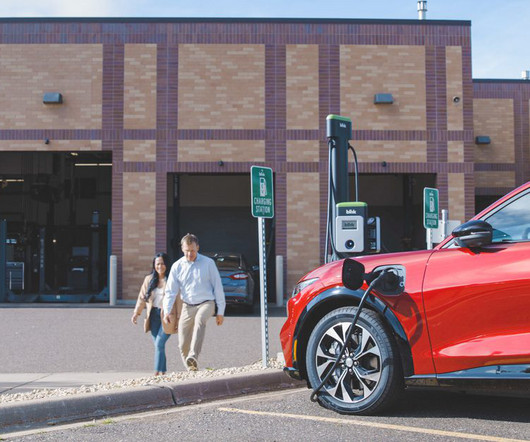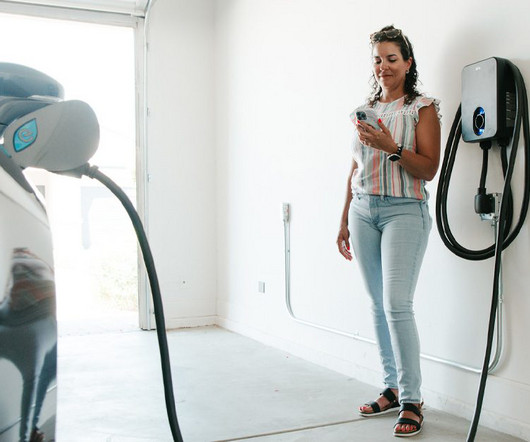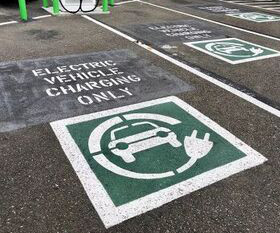How to Take Advantage of EV Charging Incentives for Fleets
Blink Charging
OCTOBER 11, 2023
You can find incentives such as: Tax credits – These incentives lessen the amount of taxes that must be paid to the government for specific purchases. Maryland provides grants through its Clean Fuels Incentive Program (CFIP), which is administered by the Maryland Energy Administration.












Let's personalize your content